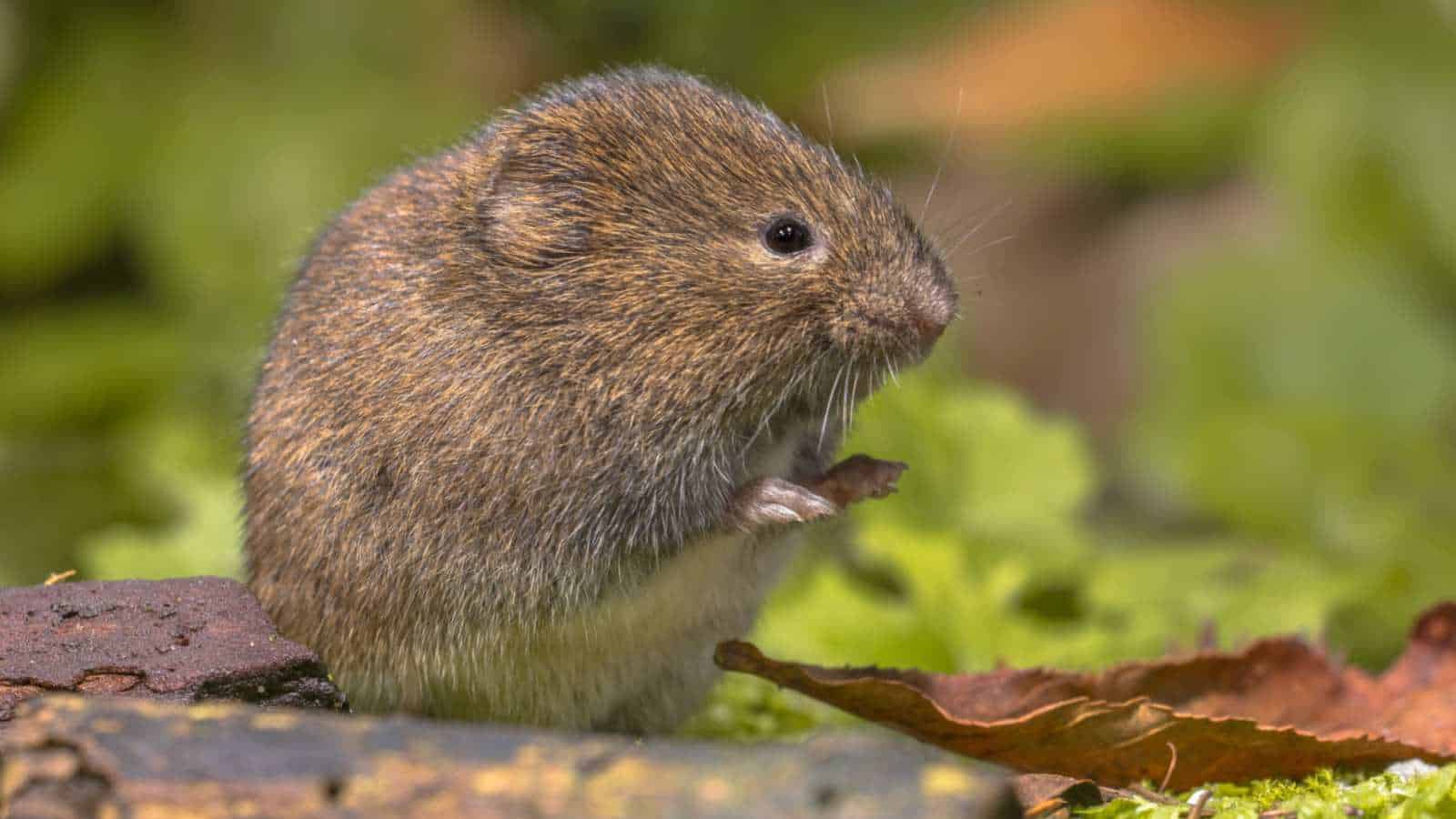Introduction
Voles can wreak havoc in your garden, damaging plants, bulbs, and trees by gnawing on roots and stems. These small rodents are notorious for their rapid reproduction and ability to cause extensive harm if left unchecked. Understanding how to effectively eradicate voles in the garden is crucial to protecting your plants and maintaining a healthy, thriving outdoor space.
In this article, we will explore expert-backed methods to control and eliminate voles, including prevention tips, habitat management, and humane removal techniques. Whether you’re dealing with a minor vole presence or a full-blown infestation, these proven strategies will help you safeguard your garden with confidence.
Understanding Voles and Their Impact on Gardens
What Are Voles?
Voles are small, mouse-like rodents with stocky bodies, short tails, and small ears. Unlike moles, which dig tunnels underground, voles create shallow runways through vegetation and feed on roots, bulbs, and bark. They reproduce quickly, producing several litters annually, which can rapidly increase their population in your garden.
How Do Voles Damage Gardens?
- Root and bulb destruction: Voles feed on the underground parts of plants, leading to wilting and plant death.
- Bark girdling: They strip bark from young trees and shrubs, disrupting nutrient flow.
- Soil disturbance: Their tunnels and runways can damage plant roots and destabilize soil structure.
Understanding these behaviors is key to targeting voles effectively.
Proven Methods to Eradicate Voles in the Garden
1. Habitat Modification
Voles thrive in areas with dense ground cover and tall grass. By changing the environment, you can make your garden less inviting:
- Keep grass and weeds trimmed short to reduce cover.
- Remove brush piles, wood debris, and dense mulch where voles hide.
- Clear fallen leaves and garden waste regularly.
2. Physical Barriers
Protect valuable plants and trees with barriers:
- Install hardware cloth or wire mesh collars around tree trunks and shrubs, burying them at least 6 inches deep to prevent burrowing.
- Use underground barriers around garden beds to block vole entry.
3. Trapping
Trapping offers a targeted, chemical-free approach:
- Use small mouse traps baited with peanut butter or apple slices.
- Place traps along vole runways and near burrow entrances.
- Check traps daily to remove captured voles promptly.
4. Natural Predators
Encouraging natural predators helps maintain vole populations:
- Attract owls, hawks, and snakes by installing perches and nesting boxes.
- Domestic cats can also help control voles but should be supervised to avoid harming beneficial wildlife.
5. Chemical Controls
As a last resort, rodenticides can be used:
- Use vole-specific baits and follow label instructions carefully.
- Apply baits in bait stations to protect non-target animals and children.
- Consider professional pest control services for safe application.
Preventative Tips for Long-Term Vole Control
- Regularly inspect your garden for signs of vole activity like runways and gnaw marks.
- Rotate crops and avoid planting bulbs in the same spot to reduce food sources.
- Maintain garden cleanliness to discourage vole habitation.
- Water wisely: Overwatering can create favorable conditions for voles.
Expert Insights and Case Study
Dr. Jane Smith, a wildlife pest management expert, emphasizes that combining multiple control methods yields the best results. In a 2022 case study, a community garden reduced vole damage by 80% within three months by integrating habitat modification, trapping, and promoting natural predators.
Conclusion
Eradicating voles in the garden requires a comprehensive approach that combines habitat management, physical barriers, trapping, and, if necessary, chemical control. By understanding vole behavior and implementing these proven strategies, you can protect your plants and maintain a healthy garden ecosystem. Regular monitoring and preventative care are essential to keeping voles at bay long-term.
Take action today to safeguard your garden from vole damage and enjoy a flourishing, pest-free outdoor space.
